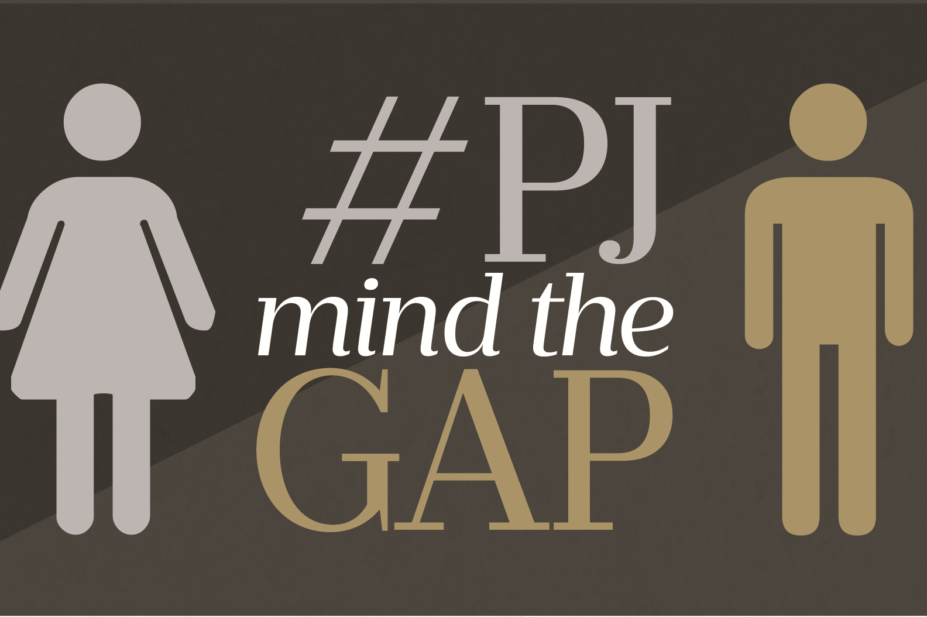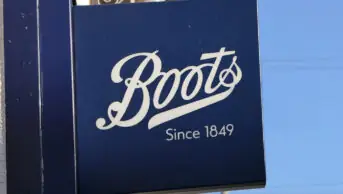
Unconscious recruitment bias, role models and the appropriateness of the term BAME (Black, Asian and Minority Ethnic groups) were all topics of discussion during The Pharmaceutical Journal’s most recent Twitter chat held on Wednesday 12 December 2018 on the issue of ethnicity and pay in UK pharmacy.
The discussion was prompted by the results of a survey carried out by The Pharmaceutical Journal which revealed a pay gap of 16% between white and non-white pharmacists in the UK.
The Twitter chat, tagged #PJMindTheGap, attracted 80 contributors and comprised over 600 tweets, all sharing experiences, concerns and potential solutions around the ethnicity pay gap.
Chaired by The Pharmaceutical Journal’s careers editor, Angela Kam, the discussion covered thoughts on the ethnicity pay gap, why it exists and what the pharmacy profession should be doing about it.
Participants in the discussion said that the ethnicity pay gap was indicative of widespread discrimination, not just in pharmacy, or even healthcare, but across society.
I don’t think the data is conclusive but it highlights a real problem related to the bigger issue of Equality and fairness around opportunities available to BAME and recruitment bias as well #PJMindTheGap
— Elsy Gomez Campos (@elsygomezcampos) December 12, 2018
A2 – I’m sorry but this isn’t the only affected profession. I can guarantee all professions have a similar problem. This is a problem in society as a whole. Less chance for a person of colour to be given an opportunity of high responsibility.#PJMindTheGap
— Iqbal Mohammed (@iQFilmmaker) December 12, 2018
Many participants suggested that the ethnicity pay gap and lack of BAME representation in senior positions in pharmacy was the result of recruitment bias, including Patel’s fellow board member, Aamer Safdar.
It’s a complex situation. I’m thinking about bias in recruitment where people recruit mini-me’s who are look alike, sound alike. Better prospects for promotion hence wider salary differential. #PJMindTheGap
— Aamer Safdar (@asafdar1) December 12, 2018
As a solution, blinded curriculum vitaes were suggested as a way to eliminate bias, whether conscious or unconscious, at the shortlisting stage so that more BAME candidates make it to interview. One contributor said that they have never understood why this was not current practice.
It was also suggested that further studies, and an “honest review” of the ethnic background of candidates who apply for top pharmacy jobs, shortlisting and recruitment was needed. Although others disagreed that ethnicity was the key problem.
That is helpful at shortlisting. My sister changed her name on her CV because it was ‘too difficult to pronounce’ & got interviews using her middle name as it’s easier to say. Face to face interviews are where mini-me discrimination can occur. #pjmindthegap
— Aamer Safdar (@asafdar1) December 12, 2018
#PJMindTheGap I found many who didn’t get hosp jobs at 1st didn’t have hosp experience. I remember in 2nd Yr applying to atleast 30 plus hospitals for work experience in the summer. I got and worked at 3 in 1 summer. Nothing to do with ethnicity or gender. Just determination
— Fuz (@Fuz88) December 13, 2018
Some contributors to the Twitter chat said that failures begin early on in a pharmacist’s career, at preregistration, where fledgling BAME pharmacists are less likely to pass the preregistration exam. A number of contributors praised the Oriel IT system for eliminating aspects of bias. Others mentioned the ‘Rooney Rule’ a National Football League policy, that requires league teams to interview ethnic-minority candidates for head coaching and senior football operation jobs, as another possible approach.
I just mentioned the same approach re #RooneyRule
The oriel approach is a great way to mitigate against recruiters bias at the interview stage @FlemingGm
#PJMindTheGap— Mohammed Hussain (@DigitalPhamcist) December 12, 2018
We saw record number of Kingston students get Hospital pre-regs this year thanks to Oriel #PJMindTheGap
— Sébastien Bailey (@SebastienPharma) December 12, 2018
Many highlighted the importance of having BAME role models and individuals in leadership positions, and it was suggested that, for the ethnicity gap to be closed, more BAME individuals needed to be seen in senior roles. Although others highlighted that there are already a number of BAME pharmacy role models which young pharmacists should look to for inspiration.
A5 c #PJMindTheGap there is clear correlation between gender pay gap, and ethnicity pay gap, more #BAME individuals need to be seen in senior leadership roles as role models in order to close the gap
— Noma Al-Ahmad (@NomaPropharmace) December 12, 2018
Important we harness how role models influence and help to shape all #pharmacy professionals irrespective of career stage #PJMindTheGap That said for #BAME representation #pharmacy not only healthcare profession with work to do but what abt if we do it first & best!
— Ade Williams (@adewilliamsnhs) December 12, 2018
Role models are always good, but we need more than that. Ethnicity issues (career + heathcare) need to become more mainstream discussion issues. Have you ever been to an LPF/RPSLocal meeting where ethnicity issues were a topic? #PJMindTheGap
— NAWP (@NAWP_UK) December 12, 2018
We already have great #BAME
#pharmacy role models such as @DrDianeAshiru
@DigitalPhamcist
@asafdar1
@drmahendrapatel
@OlutayoArikawe
@jawad_halaWhat we need is more community pharmacist role models as it is in this sector where most #pharmacists work in.#PJMindTheGap
— Siddiqur Rahman (@GPPharmaSid) December 12, 2018
One key question raised during the discussion was whether BAME was the right term to use or whether it had become redundant. Some respondents said that they were not comfortable with the phrase and that the experience of individuals captured by the term was not always the same. Others said that, although they were happy with the term, there was a need to break it down in certain areas.
#PJMindTheGap A4: The problem with using the ‘BAME’ phrase is that it doesn’t fully capture the unique experience of the black pharmacist/student which differs from other members of this political term.
— Afrocentric[tm] (@Afrocentricism) December 12, 2018
We could make more use of the term diversity. I had to undergo ‘diversity training’ in my job (a certificate + a CPD entry!) It include ethnicity, religion, gender, LGBT, age, diability It is a word some more comfortable with. #PJMindTheGap
— NAWP (@NAWP_UK) December 12, 2018
Need to get terms right BEFORE we can TRULY understand depth & scale of problem.
Many of the groups are influenced by religious & cultural beliefs, attitudes & behaviours.
One size does NOT fit all so don’t make it! Especially with terms like #BAME -heterogeneic #PJMindTheGap— Dr Mahendra G Patel (@drmahendrapatel) December 13, 2018
When asked how to enact change some respondents looked to pharmacy organisations, such as the RPS and the General Pharmaceutical Council, and questioned the level of diversity on their boards. But others said that change needed to start at the ground level.
#PJMindTheGap A6
Change starts with ourselves. Examine our own thoughts and perhaps possible bias. If we are from an ethnic background, recognise the power and influence we have to be role models and reach for the skies! @CareersAnge
@Ral_sez
@tase
@NaheedPhul
@NHSBartsHealth
https://t.co/mfnx1DmhCw— Lisa Boateng (@BartsAntimicroT) December 12, 2018
One contributor said that times were changing and that BAME professionals are now more engaged thanks to leadership courses aimed at “unleashing their potential”, however, they added that the “glass ceiling” is still proving difficult to break.
Another said she was aware that many would prefer to leave the pharmacy profession as a result of limited career progression and leadership opportunities, or choose to locum instead to boost their income, especially in community and hospital pharmacy.
One contributor, Jaswinder Dhap, provided links for individuals who are part of an organisation without a BAME group of network to help them set one up.
If you’re part of an organisation that doesn’t have a BAME group or network here’s a couple of links to help you set one up
2) https://t.co/RVIXSVaVFg
pic.twitter.com/bfczlcgJp0— Jaswinder Dhap (@JasDhap) December 12, 2018
The conversation continues, so tweet your thoughts using the tag #PJMindTheGap to take part.


